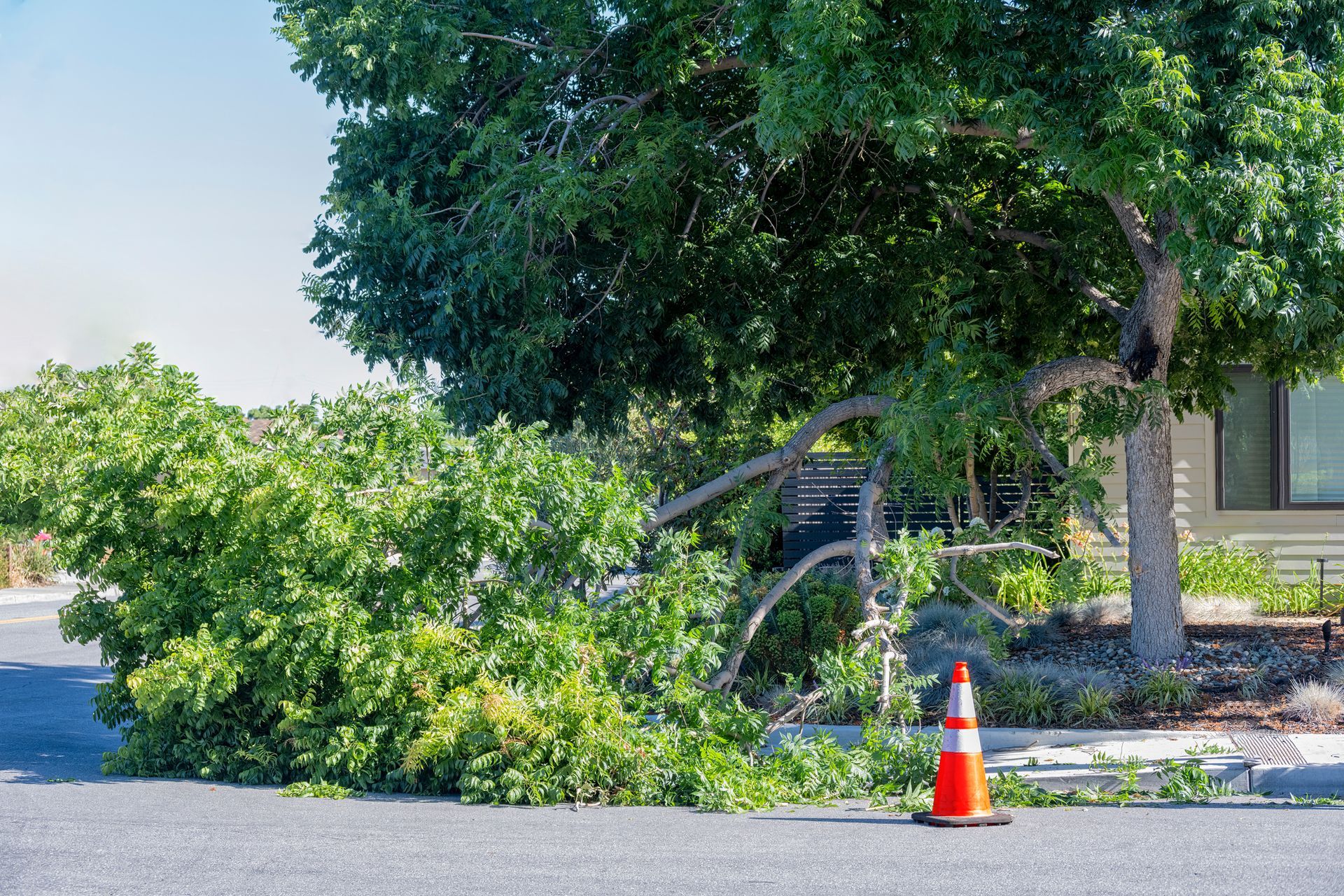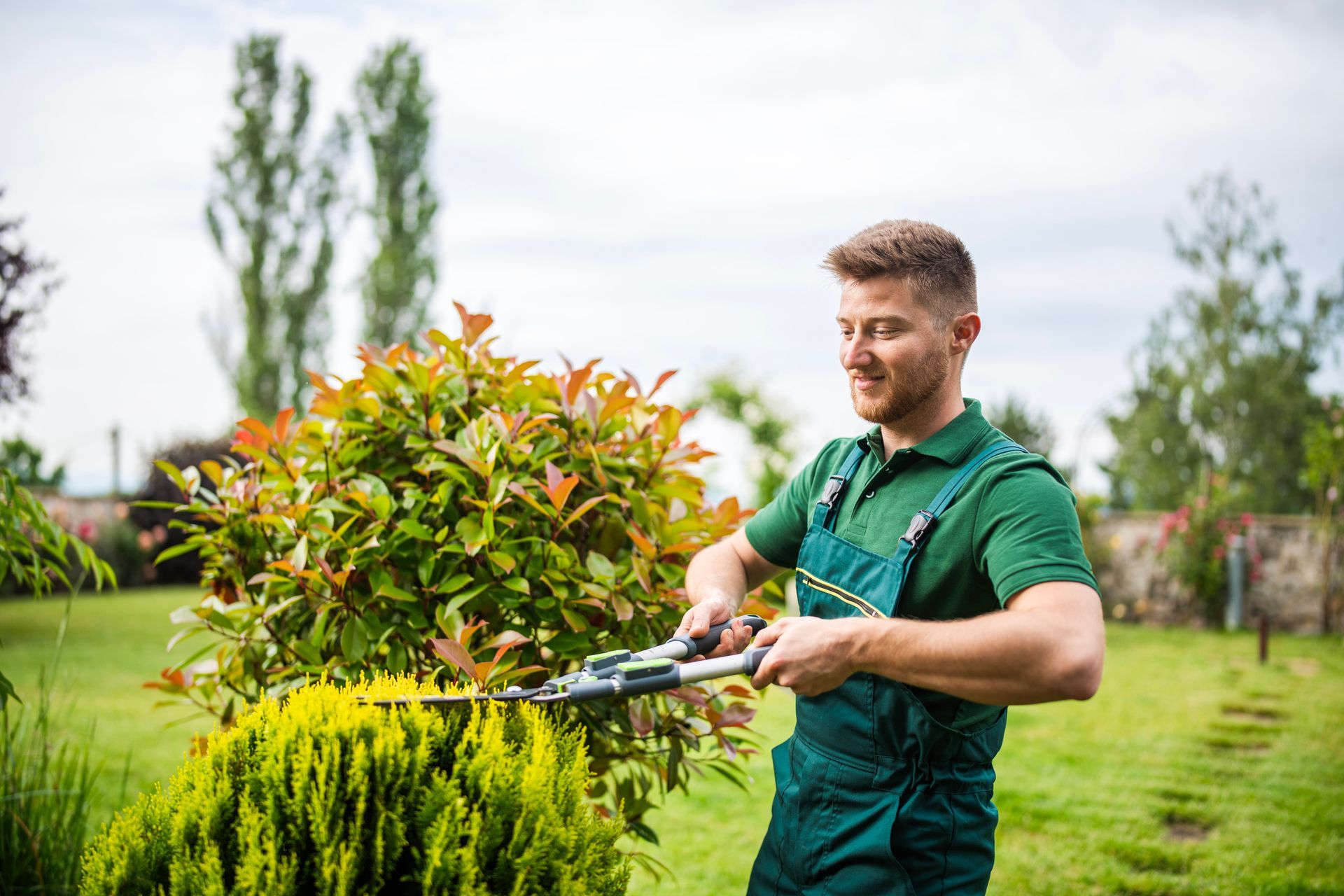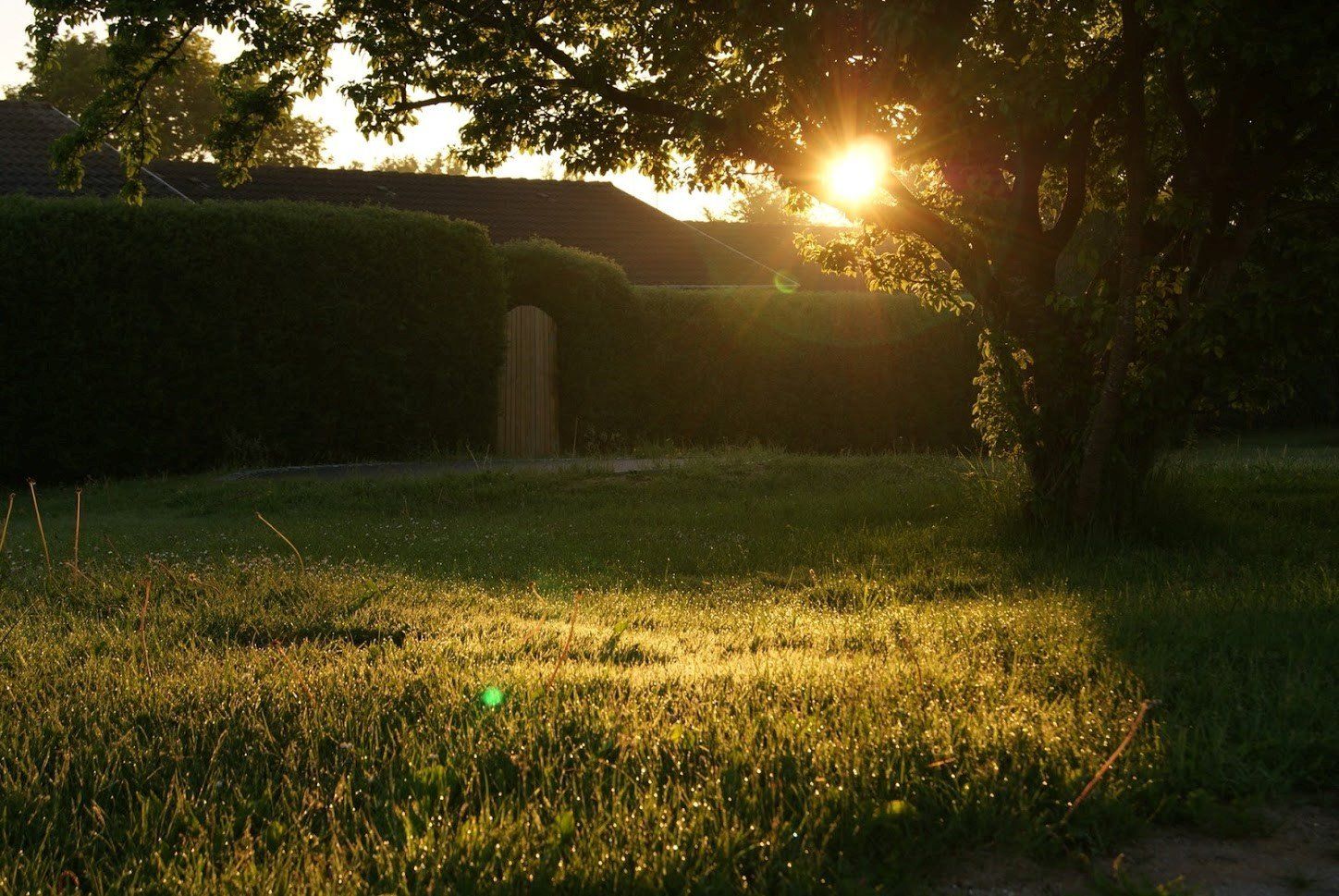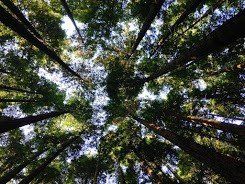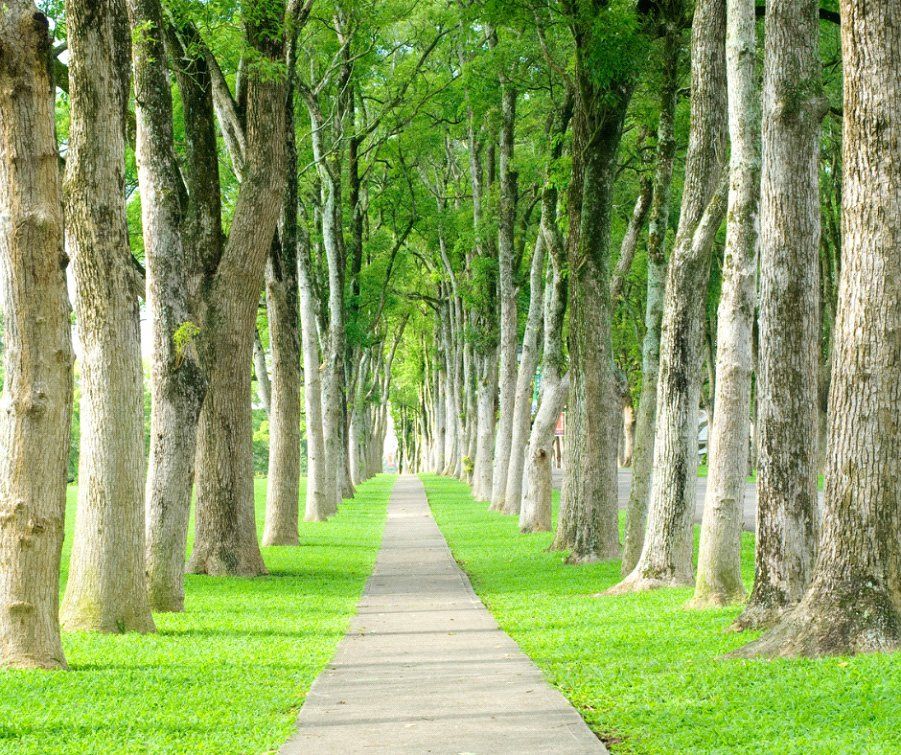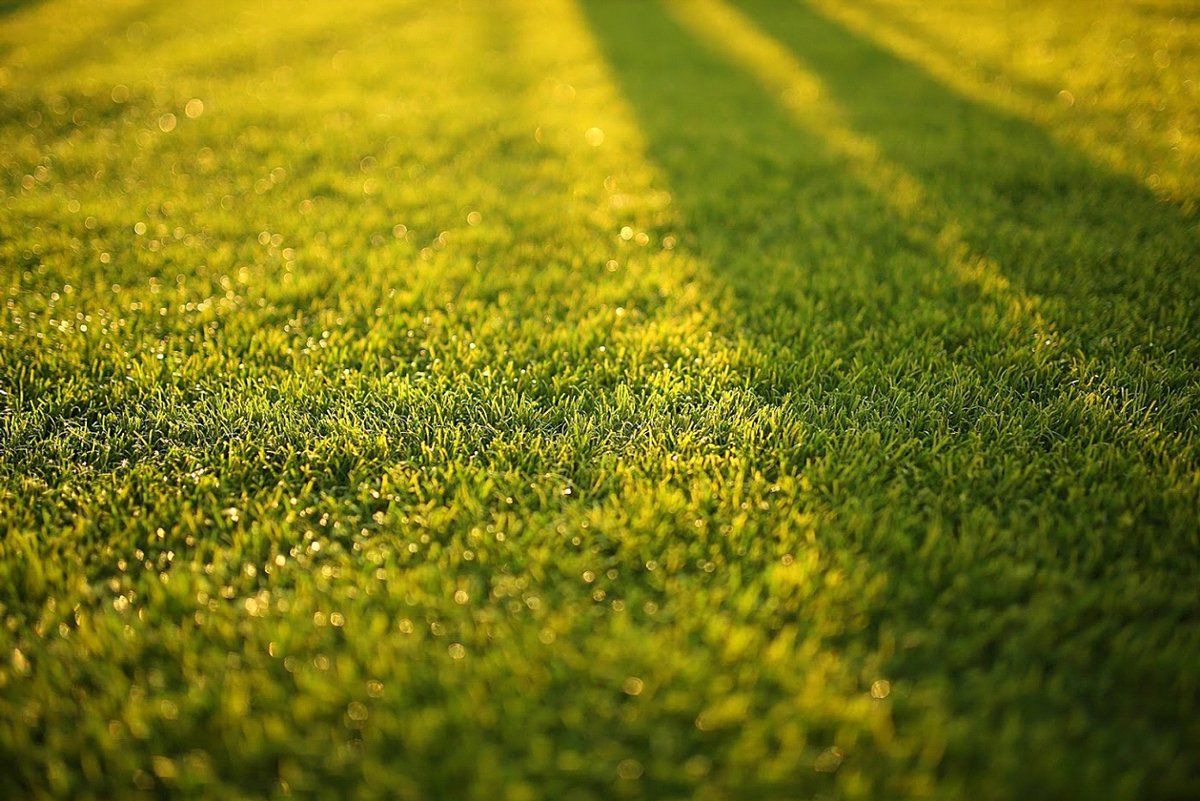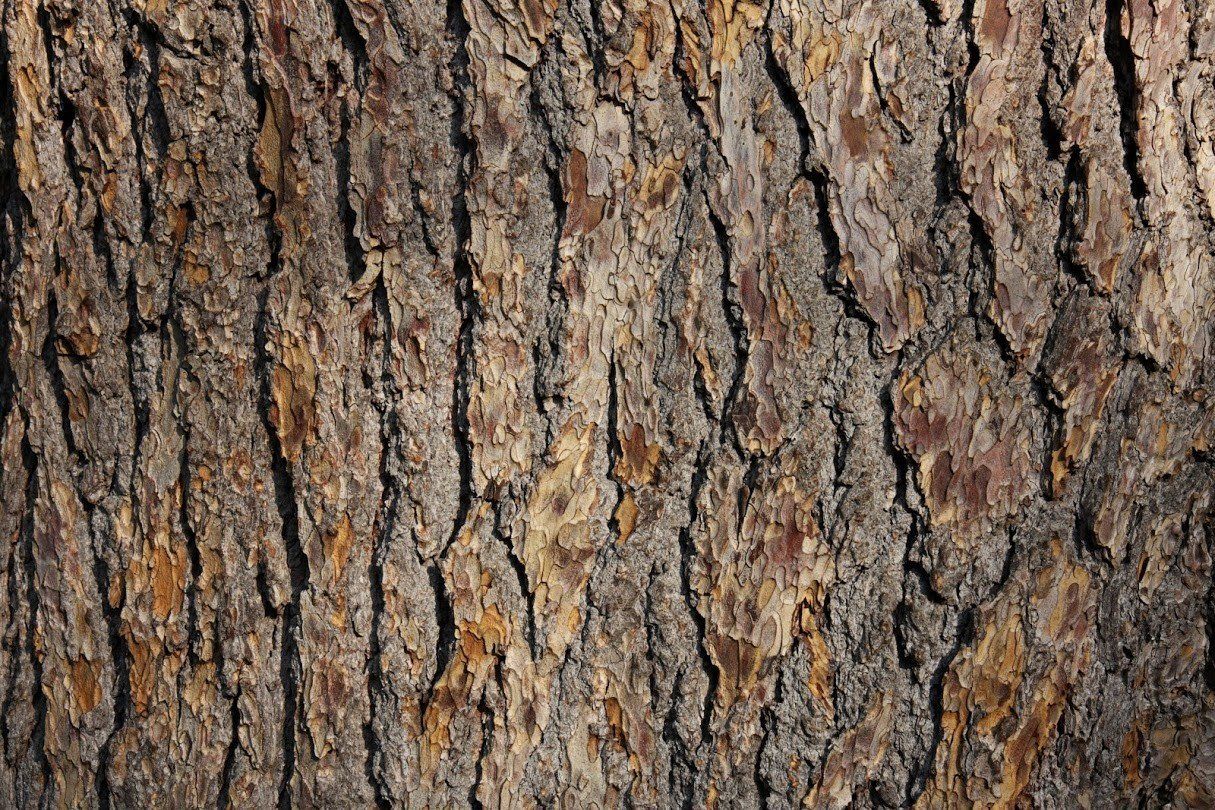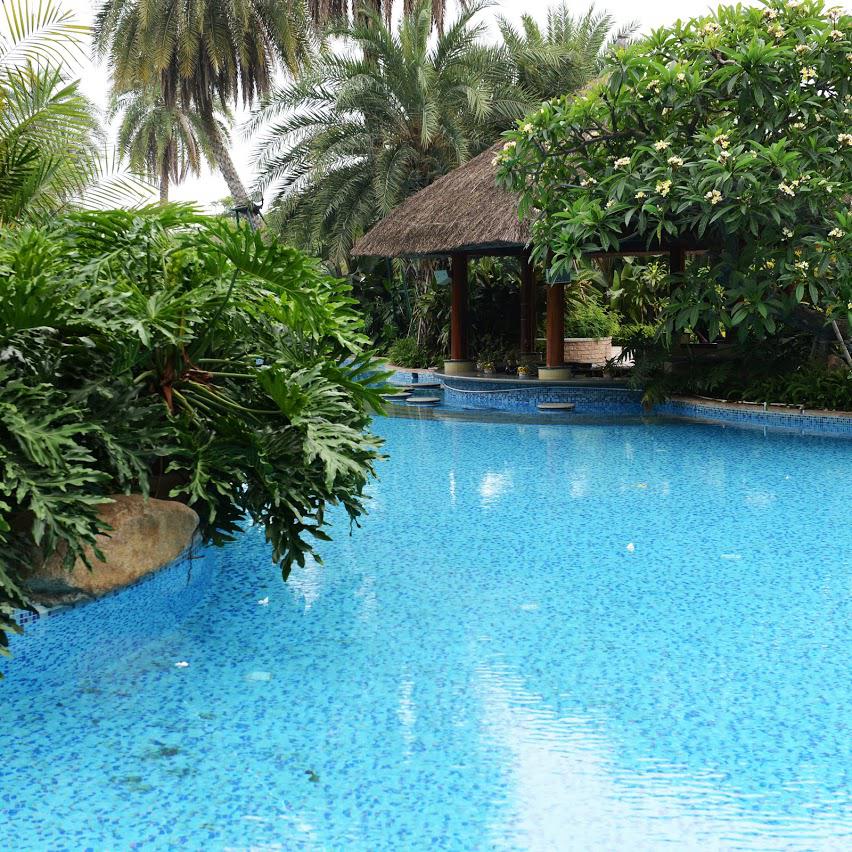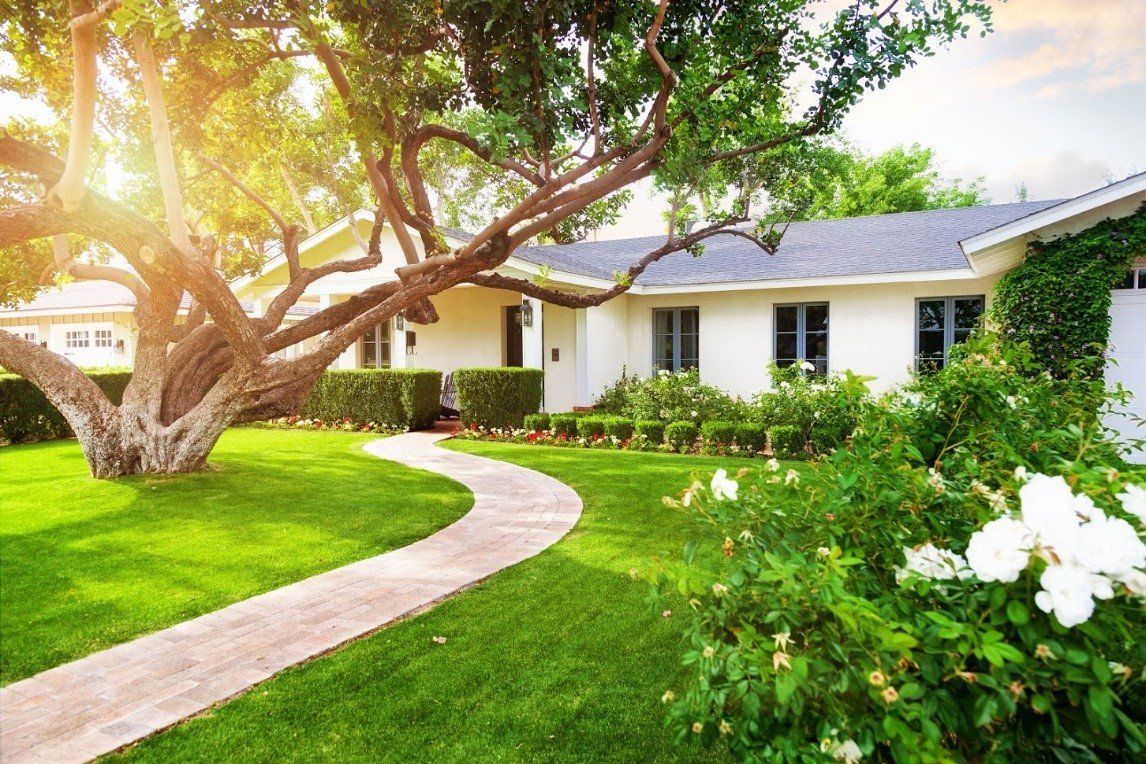Protect Your Trees From These 3 Winter Problems
Trees are an important part of almost any landscape. They provide shade and visual interest to your property, which can even help increase the value of your home. While your trees may seem relatively low maintenance during the winter, they face many potential problems.
Learning about the most common types of winter damage and the strategies to prevent damage is important information to add to your landscaping knowledge.
F r o s t H e av e
Frost heave isn't a major concern for mature trees, but it can be deadly for young trees and shrubs. Frost heave occurs in areas where ground freezes tend to be followed by immediate thawing. This rapid freeze and thaw cycle cause the soil to shift, or heave, upward. This can cause a young tree to uproot in severe cases, but even in moderate instances damage to the roots can occurs due to this movement.
P r e v en t i o n
Although you can't control the weather, you can take steps you can take to mitigate frost heave. The easiest is to use mulch, particularly around younger trees and shrubs. A two- to three-inch layer of mulch spread over the root zone of the young tree will insulate the soil against these rapid temperature fluctuations.
Straw, bark nuggets, and wood chips all make a suitable mulch material. The only caution is that the mulch shouldn't rest directly against the young tree trunk, since this can lead to rot issues on the tree's bark.
S un s ca l d
Sunscald is primarily a problem on deciduous trees, particularly younger trees or those with thinner bark. It's most often seen on the southern- facing side of a trunk, simply because this is the side exposed to the winter sun.
Sunscald occurs when the air temperature is below freezing, but direct sun exposure heats the vascular tissue beneath the bark. The warmth causes sap to begin flowing, but it will freeze as soon as the warmth fades and freezing temperatures return. When this happens repeatedly, discoloration or cracked bark can occur. In severe cases, the tree can die from the damages.
P r e v en t i o n
You can prevent sunscald by simply shading the trunk from the winter sun when temperatures are below freezing. Tree wrap is often used by arborists to achieve this. Once the trunk is wrapped, you do not need to do anything else until spring. Once frost danger passes, remove the wrap until the following winter. If you leave the wrap on during spring and summer, it can restrict the growth of the trunk.
D e s i cca t i o n
Where sunscald mainly affects deciduous trees, desiccation is a problem for evergreens. Both broadleaf and needle evergreens can be damaged or even killed by desiccation. Desiccation occurs when cold, dry winter winds wick too much moisture out of the foliage. The result is brown, dead foliage that will drop off. If too much foliage is lost, the tree will weaken and eventually die.
In some cases the damage is immediately apparent. You may not notice any browning or leaf drop until the tree resumes active growth in spring or early summer.
P r e v en t i o n
The main cause of desiccation is water loss. You can help counteract this by providing light watering to your evergreen trees during the winter months. Water only when temperatures are above freezing and if there has been little to no moisture in the previous few weeks.
Providing a barrier against the wind can also help. Burlap is most often used, although plastic film can also work. Wrap the tree completely, leaving the top open so air can still reach inside the canopy. The covering is removed in late winter so the tree can resume normal growth as spring begins.
You want your landscape trees to look as good at the end of winter as they did going into fall. Protecting against winter injury is part of good tree maintenance. Contact us to learn more about how proper care and pruning can protect your trees during the cold season.


